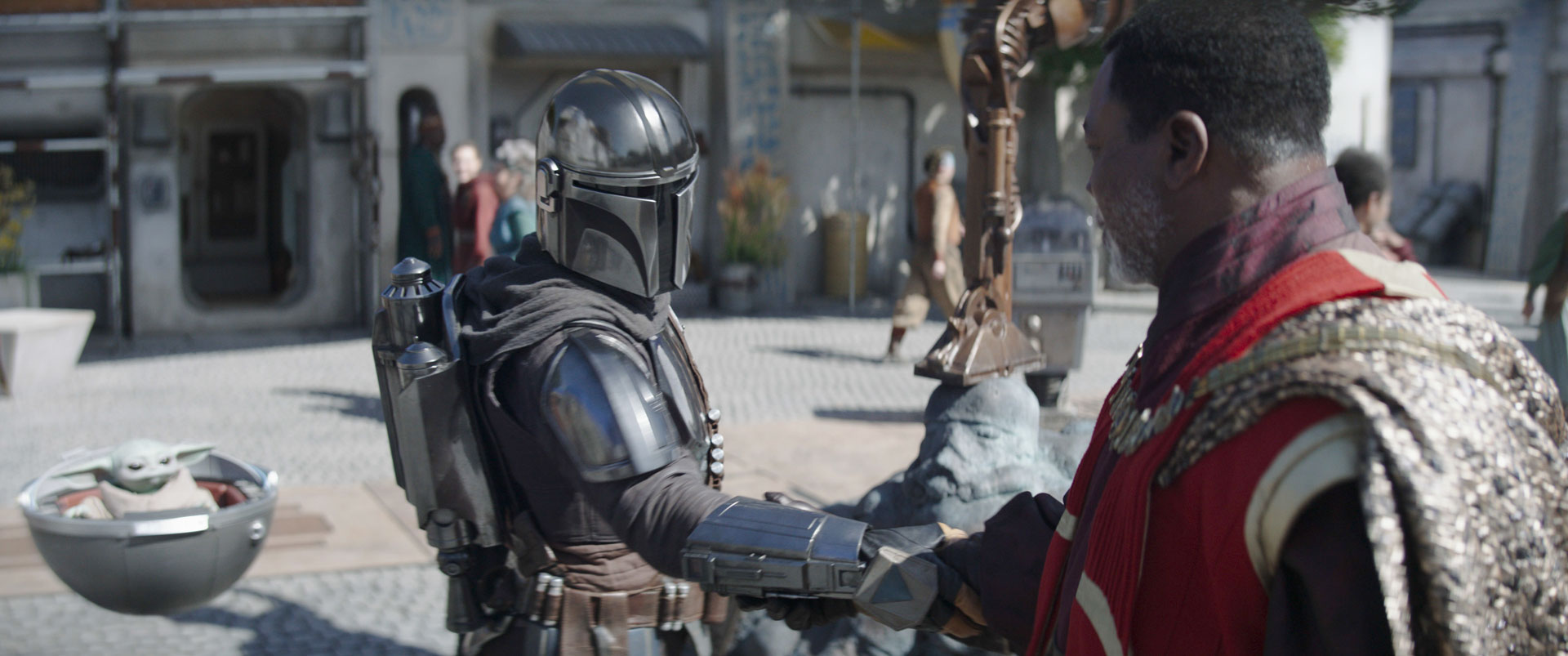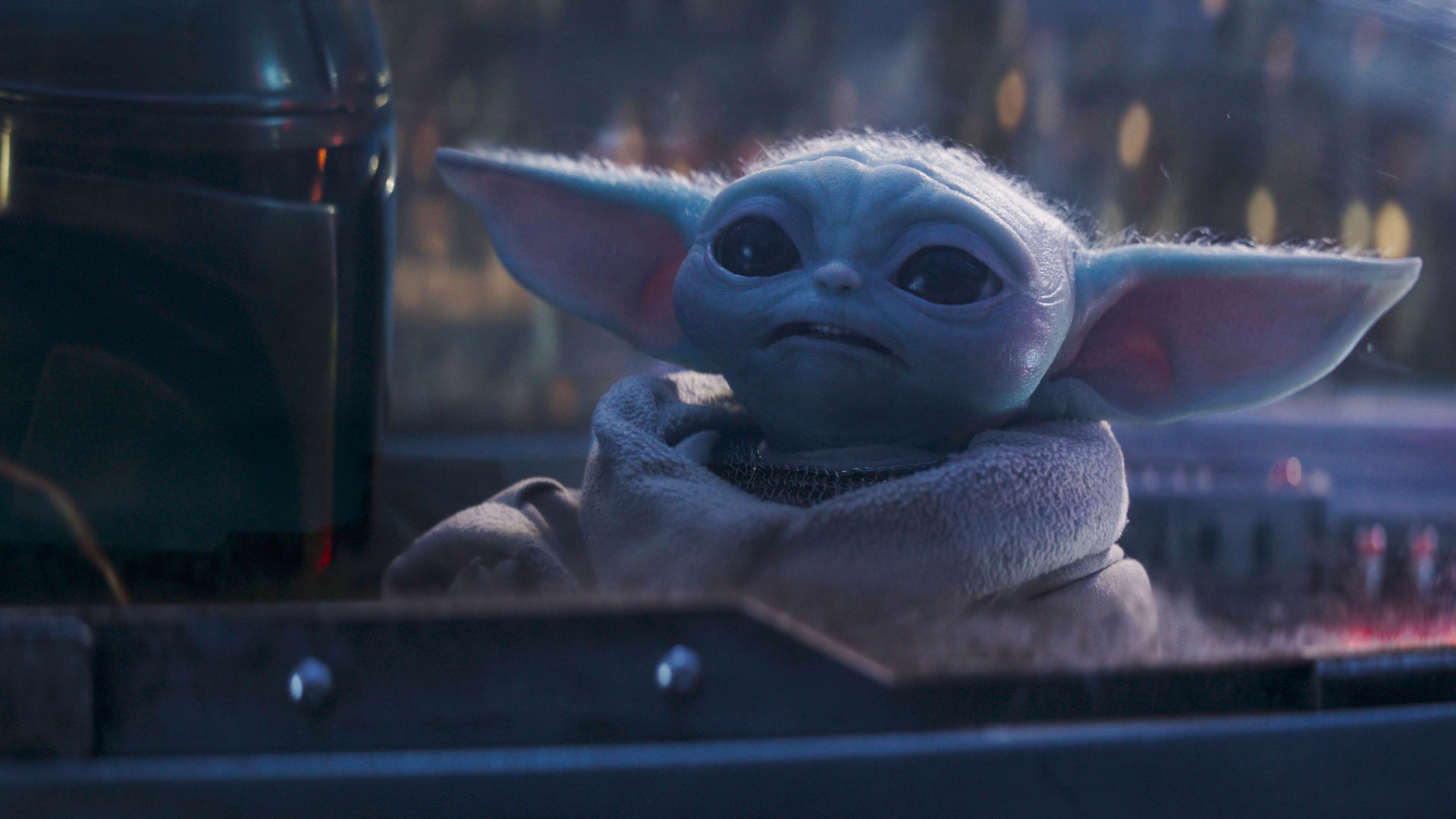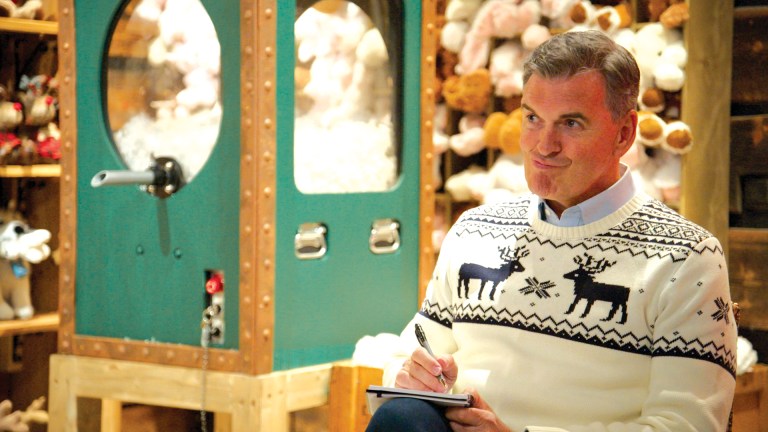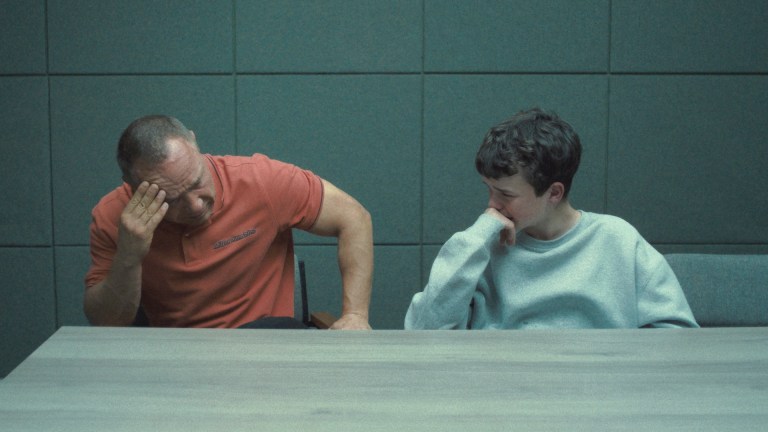Season three of Disney+’s Star Wars spin-off The Mandalorian has come to a satisfyingly spectacular conclusion after its now-standard eight-episode run. Swashes were buckled, nerfs were herded and rights were wronged. Baby Yoda / Grogu was adorable, Pedro Pascal’s Din Djarin was enigmatic and cool, Katie Sackhoff’s Bo-Katan kicked ass, the Empire was defeated and all was well. This is the way.
So why have fans been complaining? According to several reports this season has been the lowest rated so far in fan reviews, and for the first time since the show’s 2019 debut it has, admittedly, felt less essential and less exciting, a feeling that the stats appear to back up. But why? And is that fair?
We’ll start with the last question. Has this season of The Mandalorian been that bad? Well… not really. Pound for pound there’s been some really good stuff. The set pieces have been stunning, pretty much from the word go – the dogfight in ‘Chapter 17: The Apostate’, the season opener, was great. The big Mandos vs Troopers smackdown in the finale was as good as any battle the series has given us so far. The season had a nice, self-contained arc – reuniting the Mandalorian tribes and retaking their homeworld – that broadened the in-universe pallet with new planets and characters and deeper takes on existing lore. There’s been dozens of great touches.

What’s more, the two most divisive episodes of the season were, for my money, two of the best. ‘Chapter 19: The Convert’ took us on a diversion to Coruscant to see the lives of former Imperial agents “deprogrammed” and rehabilitated by the galaxy’s post-Imperial New Republic. It had more in common with last year’s darker, more grown-up Andor, sure, but it also helped to deepen our understanding of this Star Wars era, and it had plenty of twists and turns of its own.
Meanwhile ‘Chapter 22: Guns for Hire’ went the other way, dropping Mando, Grogu and Bo-Katan onto a new planet to solve an adventure-of-the-week, with cameo performances from Lizzo, Jack Black and Christopher Lloyd. It felt very prequel-era, with its bright colours, elaborate costumes, digital sets and battle droids. This was a diversion into another type of Star Wars, one that’s always been in the DNA of the franchise.
Far from spoiling the series, these two episodes felt like they pushed at the edges of what the show could be, acknowledging that Star Wars has always been a wide Galaxy, one that could contain both Ewok treehouse parties and psychological “mind-flaying”; that could have Threepio’s head being pulled along by R2-D2, moaning that “this is such a drag” in one movie, and burning Luke Skywalker’s Uncle Owen and Aunt Beru to a crisp and showing us their charred remains in another.









